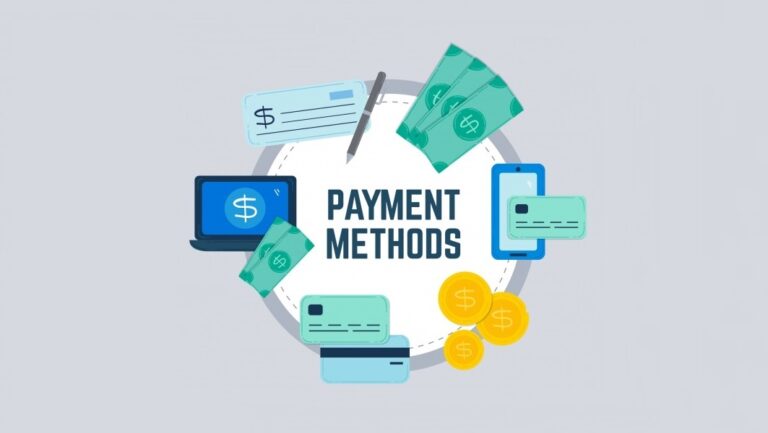With financial services evolving at lightning speed, and a consumer-driven surge in omnichannel digital banking and retailing, consumers have more choices in the way they bank and make a financial transaction than ever before.
Recent increase in consumer demand for a seamless payment experience, has resulted in merchants, financial institutions, and many payment service providers adding new payment methods and more payment options.
Omnichannel payment ecosystems are the way of the future. Financial institutions are closing the online/offline banking divide, improving customer experience, and attracting new ones with a digital first approach- while at the same time reducing operational costs. This involves incorporating numerous payment methods for incoming and outgoing payments. Acquirers and banks want to have a place in these omnichannel ecosystems and alternative payment methods.
What Is Payment Orchestration?
Payment orchestration refers to integrating and managing the entire payment process, including payment authorization, transaction routing, and settlement. This process involves connecting to different payment service providers (PSP), acquirers, and banks on a single, unified software layer. A payment orchestration platform is a type of software used to manage
Around The Payments Orchestration Space
According to new research conducted by McKinsey & Company, small- to medium- sized businesses (SMBs) will spend $100 billion on payment services by 2025. The study further predicts that eCommerce platforms will provide a significant fraction of these payment services, as 50% to 70% of digital commerce will be conducted through marketplaces such as Amazon and Mercado Libre. Acquirers will need to offer specific marketplace-tailored solutions to tap into this massive market.
Payment’s modernization is quickly becoming a top priority for businesses. A recent survey regulated by “Digital Commerce 360” found that 72% of corporate executives say modernizing payments infrastructure – including the addition of new payment gateways and processing capabilities- could be groundbreaking for their businesses over the next three years. 37% of merchants agreed with this analysis, saying that they plan to make payment processing investment over the next year.
The Benefits of Payment Orchestration
Through Payments Orchestration, merchants can work with many payment service providers, so if they need support for the alternative payment methods, they can use one unified API instead of seeking third-party integration. It also allows the setup of many payment methods and features more quickly, meaning speed to market will be faster and with more payment options; a company will be able to reach more people, improve the customer experience, and even support cross border sales.
By adopting Payment Orchestration, an organization can prevent losing sales through technology failures by routing transactions to the best performing payment processor, reducing declined payments and leading to more authorized payments at the checkout page. Payment Orchestration will also help a business reduce costs throughout their entire payment stack, resulting in fewer setup fees for multiple integrations, and additional fees that stand-alone payment services providers charge for automated transaction routing.
If payment data is spread across multiple payment gateways and service providers, analyzing it, and implementing strategies to improve business can be difficult. Payment Orchestration combines all data into one dashboard that offers insightful real-time analytics.




